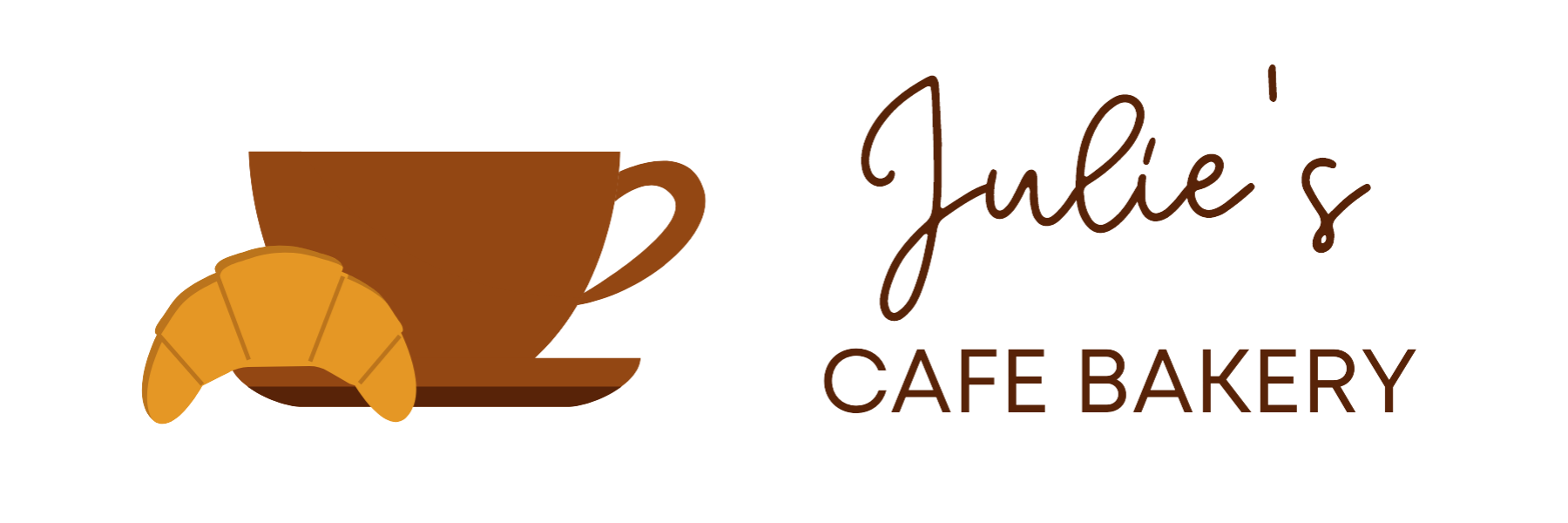7 Hidden Kitchen Spots That Harbour Harmful Bacteria


After spending over five years professionally cleaning homes, I’ve learned something important: it’s not always the visibly dirty spots that pose the most significant health risks. In fact, many of the cleanest-looking kitchens I’ve worked in were hiding bacteria in places most people never think to clean.
Whether you’re a homeowner who likes to keep things spotless or you’re exploring cleaning services Toronto to take the load off, knowing these hidden bacteria hotspots can help you maintain a safer, healthier kitchen.
Fridge Door Seals (Gaskets)
Almost every kitchen I clean has a fridge that looks spotless until I open the door and check the rubber seal around the edge. That’s where mould, crumbs, and sticky residue love to hide.
Why It Matters:
Moisture and food particles stuck in the gasket can grow mould and Listeria, a harmful bacterium that thrives in cold environments. NSF International even lists refrigerator seals as one of the dirtiest places in most homes.
How I Clean It (Pro Method):
- Mix white vinegar and warm water in a spray bottle.
- Use a soft toothbrush to gently scrub the gasket.
- Wipe dry with a microfiber cloth.
- Repeat monthly or every two weeks if spills are frequent.
Blender Gasket & Base
In homes where people blend smoothies or soups often, I always check under the blender, and almost every time, I find dried residue or even mould near the blade assembly and gasket.
Why It Matters:
When not appropriately cleaned, old food bits can harbour bacteria such as Salmonella and E. coli.
Cleaning Tip:
- Disassemble the blender thoroughly.
- Soak all removable parts in hot, soapy water.
- Use a brush to clean the gasket and crevices.
- Let everything air-dry before reassembling.
Pro Tip: Just running the blender with soapy water isn’t enough; disassemble it every few uses.
Underside of Sink & Faucet Handles
You might scrub your sink basin daily, but when was the last time you checked under the faucet, inside the aerator, or behind the sink neck? These are high-touch, high-moisture areas that often go unnoticed.
Why It Matters:
These areas can harbour biofilm and bacteria from dirty hands, dish sponges, and splashing food waste. According to the CDC’s food safety guidelines, even trace amounts of bacteria can cause cross-contamination in food preparation areas.
How I Tackle It:
- Spray the area with an all-purpose disinfectant or a diluted vinegar solution.
- Use a narrow brush or an old toothbrush to scrub.
- Unscrew the aerator and soak it in vinegar once a month.
Sponges and Dishcloths
If there’s one thing I always recommend to my clients, it’s to replace sponges frequently. I’ve tested kitchens where a sponge looked clean but was teeming with bacteria under the surface.
Why It Matters:
Used sponges can harbour millions of bacteria per square inch, including harmful strains.
Safe Practices:
- Microwave a damp sponge for 1–2 minutes to sanitize.
- Wash dishcloths in hot water after every use.
- Replace sponges every 7–14 days, depending on use.
Pro Tip: Switch to silicone scrubbers. They dry faster and are easier to disinfect.
Knife Block (Yes, Really!)
I’ve pulled knives out of blocks only to find black mould or sticky residue inside the slots. Most people never clean the knife block at all, but it’s one of the top hidden sources of bacteria.
What I Do:
- Turn the block upside down to shake out crumbs.
- Use a pipe cleaner or a narrow bottle brush to clean inside each slot.
- Soak the block in a diluted vinegar solution, rinse it, and then dry it upside down.
- Repeat every few months, more if you use it daily.
Top of the Fridge and Cabinets
These are classic dust magnets. I often find a thick, greasy layer of dust on top of fridges and upper cabinets, especially in homes where the kitchen is used for daily cooking.
Why It Matters:
That dust isn’t just harmless; it traps grease and bacteria and attracts pests like cockroaches.
My Go-To Cleaning Method:
- Spray a degreaser or vinegar-water solution.
- Wipe with a microfiber cloth or paper towel.
- Lay down wax paper or newspaper to make cleanup easier next time.
Reusable Grocery Bags
I always ask clients if they wash their reusable bags, and 90% of the time, the answer is no. However, these bags often carry raw meat, produce, and various bacteria from shopping carts and car trunks.
How to Clean:
- Wash cloth bags in the washing machine with hot water.
- Wipe down plastic-lined or insulated bags with disinfectant wipes.
- Store them in a clean, dry place, not on the kitchen floor.
Bonus: Remove Stains from Granite Countertops
Granite countertops are a beautiful investment, but I often see them stained by oils, sauces, and even wine, especially in areas near cooking zones. Many homeowners are unsure how to clean them properly without damaging the surface. If you’re dealing with discoloration or rings, here’s a helpful guide on how to Remove Stains from Granite Countertops the safe way using products that won’t strip the finish.
Final Thoughts
After cleaning hundreds of kitchens over the years, I’ve learned that absolute cleanliness goes beyond the surface. If you’re serious about food safety and health, don’t just focus on what you see; consider the unseen factors as well. It doesn’t take hours of scrubbing, just consistent habits and knowing where to clean. Whether you’re tackling it yourself or bringing in the pros at Hellamaid, remember that these small areas can make a significant impact on your family’s health and kitchen hygiene.
